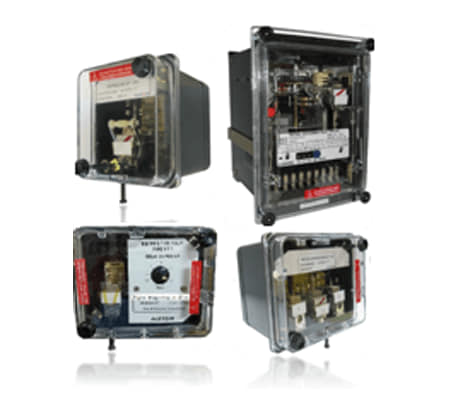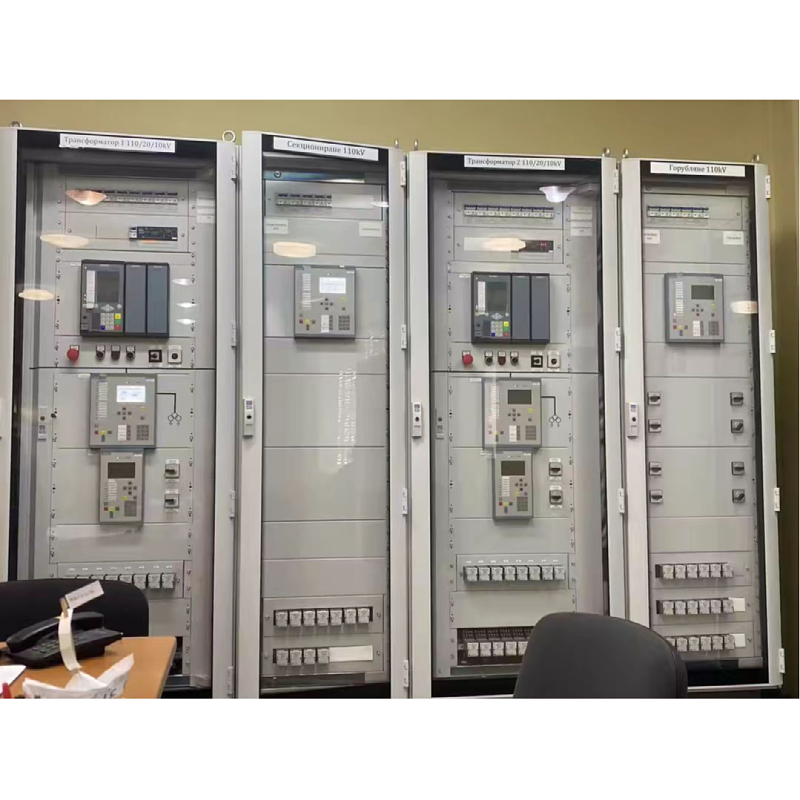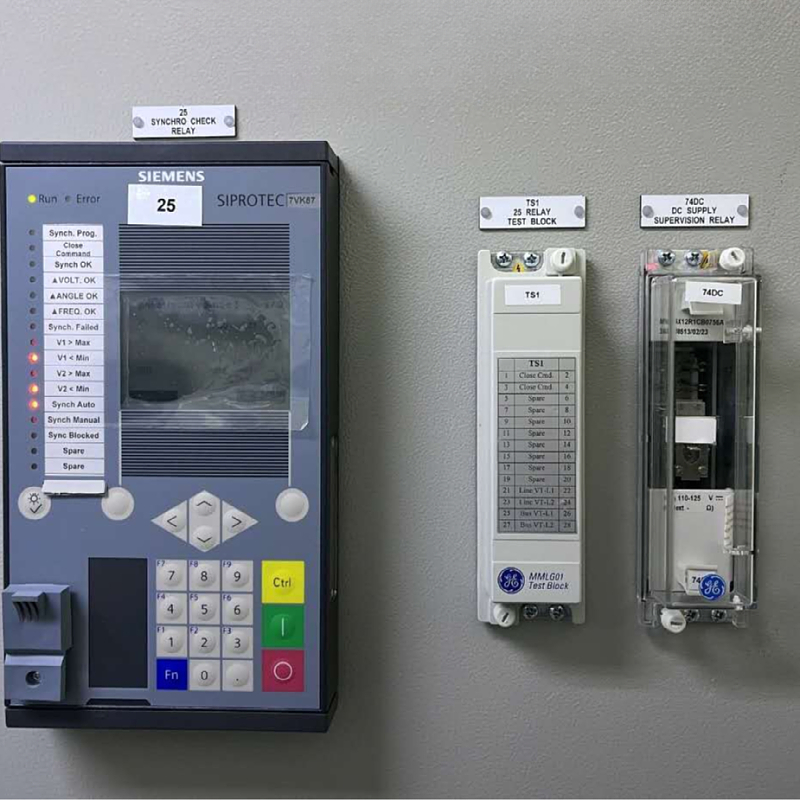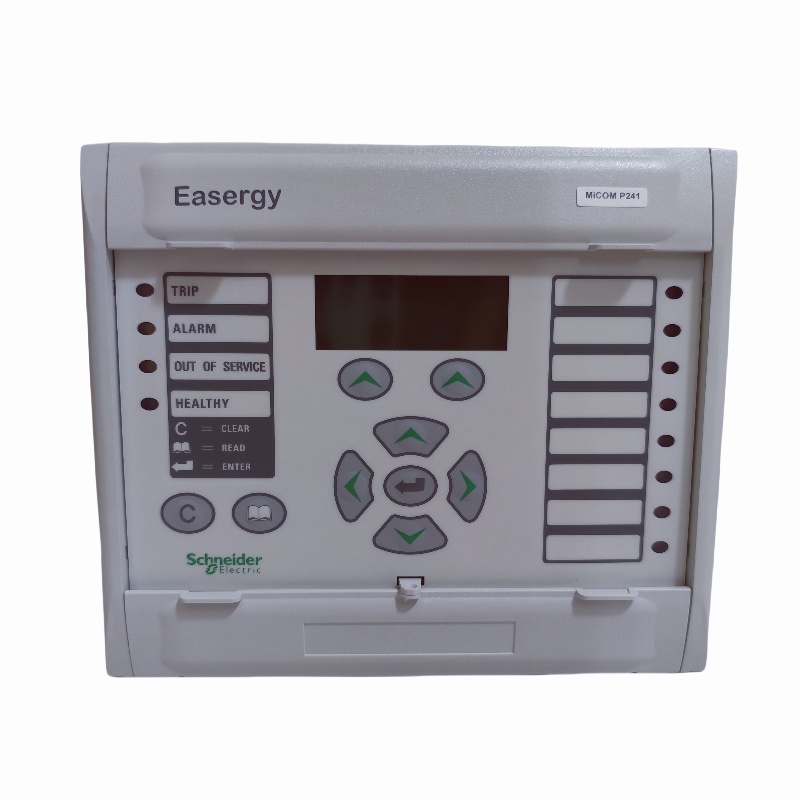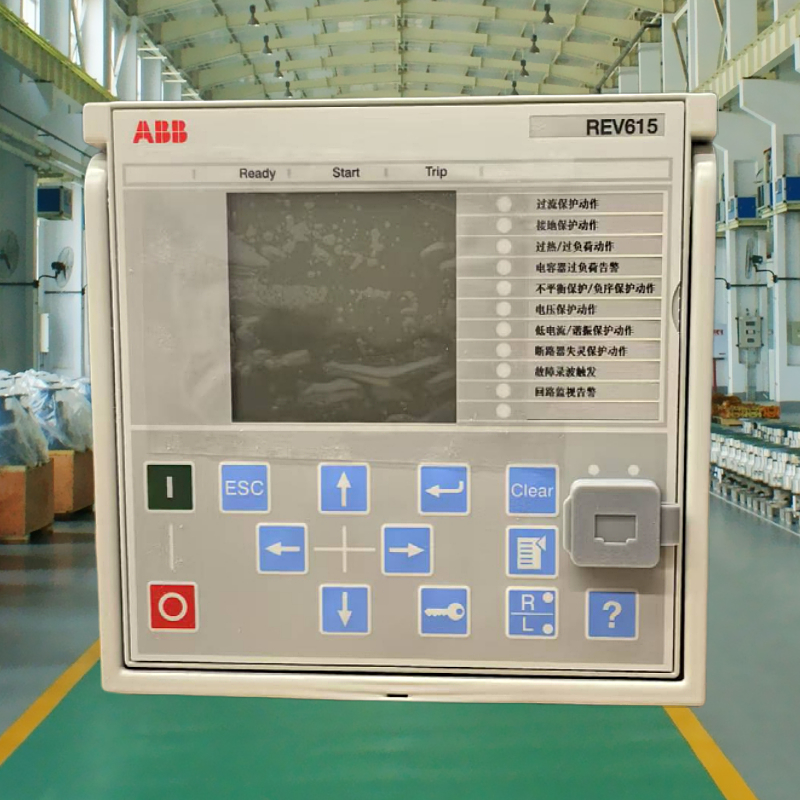Relays are classified in broad categories by methods of operation and by response characteristics.
1. Methods of Operation
-Electromechanical relay operates electromechanically.
-Gas Pressure relay responds to gas pressure.
-Latching relay changes state and latches usually mechanically and then stays that way until changed again. -Percentage differential relay operates due to a difference in two currents with a linear increasein relay operation with a magnitude of through current.
-Solid-state relay uses solid-state components to compare measured values to set replica values.
-Digital relay uses digital means to compare algorithms and preset values to measured values.
2. Response Characteristics
-Blinder relay measures impedance and is generally used to block another impedance relay fromtripping.
-Definite time relay closes contacts after a definite time delay.
-Differential relay measures the value of electrical quantities and closes contacts when the difference between them exceeds a specified amount.
-Directional overcurrent relay measures current and closes contacts when the current exceeds apredetermined value and is in a predetermined direction with respect to a polarizing referencecurrent or voltage.
-Directional power relay measures current and voltage and closes contacts when the two are in apredetermined phase relationship above a set threshold and is in one direction.
-Directional relay operates when the voltage and current are in a phase relationship sufficient to cause relay operation for current in one direction.
-Distance relay operates when measured impedance including magnitude and angle is above a setthreshold.
-Frequency relay operates when the measured system frequency is either above or below a set threshold.
-Ground relay is designed to measure either zero-sequence voltage or zero-sequence current. -Impedance relay operates when measured impedance in magnitude only is above a set threshold. -Inverse time relay operates when measured voltage or current is exceeded and operates with increasing speed according to a set function as the magnitude of either the voltage or current rises.
-Lens relay is similar to a mho relay except that the characteristic is lens-shaped instead of circular to reduce the likelihood of operation under load.
-Mho relay is an impedance relay that can be offset such that the center of the characteristic does not encompass the origin on a R-X plane. The angle of the circular characteristic’s diameter isadjustable with the angle known as the maximum torque angle (MTA) or relay characteristicangle (RCA).
-Negative phase sequence relay operates when either negative sequence voltage or negative sequence current exceeds preset values which occur during unbalanced conditions.
-Neutral relay is designed to measure either zero-sequence voltage or zero-sequence current wheneither by direct measurement or by digital calculation with the resultant being above a presetvalue.
-Open phase relay responds to an open phase or phases.
-Overcurrent relay measures current and closes contacts when the current exceeds a predetermined value due to a fault.
-Overload relay measures current and closes contacts when the current exceeds a predetermined value due to an overload.
-Overvoltage relay measures voltage and closes contacts when the voltage exceeds a predetermined value.
-Phase comparison relay monitors the currents entering and leaving a given protection zone suchas a line and operates when the phase relationship between those currents exceeds a predetermined value.
-Rate of change relay measures typically frequency but can be other electrical quantities and operates when the rate of change accelerates beyond a predetermined set value.
-Reactance relay is an impedance relay with an impedance characteristic running in parallel withthe resistive axis and operates purely to a change of measured reactance regardless of impedanceangle.
-Residual relay operates when either zero-sequence voltage or zero-sequence current are vector subtracted from each other either by direct measurement or by digital calculation with the resultant being above a preset value.
-Time overcurrent relay operates when measured current is exceeded and operates with increasing speed according to a set function as the magnitude of current rises.
-Undercurrent relay operates with a drop in measured current below a predetermined threshold.
-Undervoltage relay operates with a drop in measured voltage below a predetermined threshold